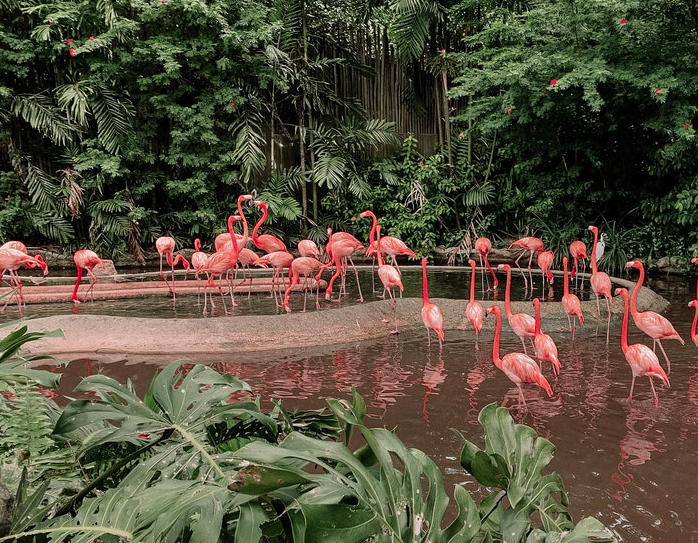
Consuming carbon
10 December, 2020
A recent study demonstrates that almost half of the food we eat today causes serious environmental damage through its production. And a paper published at the start of the year found that feeding ten billion people sustainably in the future will require four Earths to meet demand.
Luckily, there is plenty of innovation in the world of food production and, while all may be small in scale individually, taken together there is a glimmer of hope. When it comes to palm oil and soy (key culprits of deforestation), for example, a recent process that feeds hydrogen to bacteria produces a protein flour called ‘Solein’, which could be a sustainable replacement in the future.
Or take this Spanish carbon-sequestering fish farm. Veta La Palma keeps the volumes it produces low to reduce ecological stress to the surrounding environment. The farm understands the need for careful stock management for the longevity of its business. Every year, each of the farm’s ponds can sequester 50 tonnes of CO2 and they even provide a habitat for around 40,000 flamingos to thrive in. Great for catering for local humans and birds alike.
Quirkier still, researchers at New York’s Clarkson University have come up with a way to sequester carbon using wasted milk. 128 million tonnes of milk produced globally (that’s one in six pints) is wasted. While dairy has a lot to answer for environmentally, when it is combined with an agent to make small holes in powdered milk, it’s able to absorb carbon. This could be rolled out commercially and help to tackle the dairy industry’s waste and GHG emissions. As they say, there really is no use crying over spilt milk.
By Cara McEvoy
 Back to all friday 5
Back to all friday 5